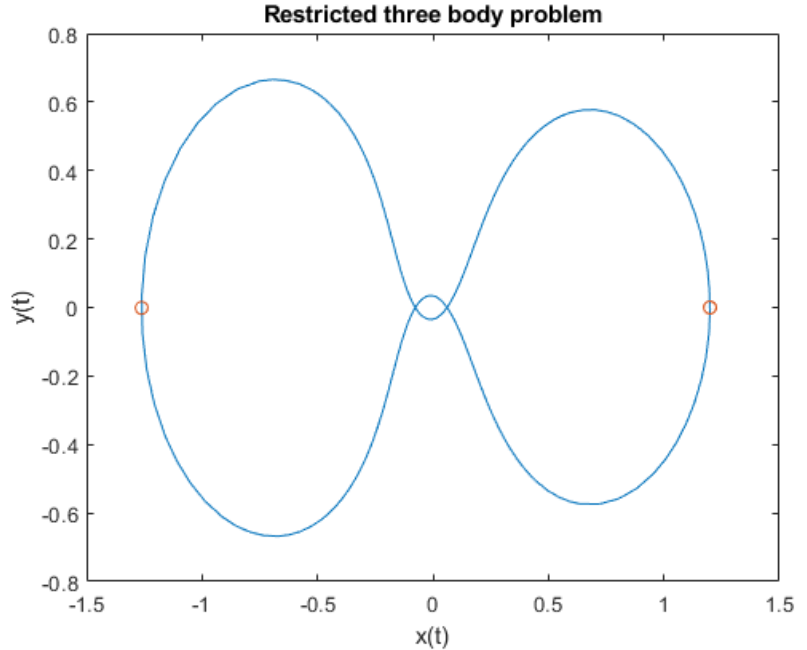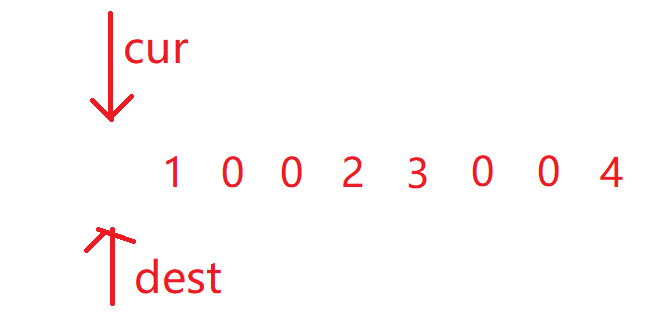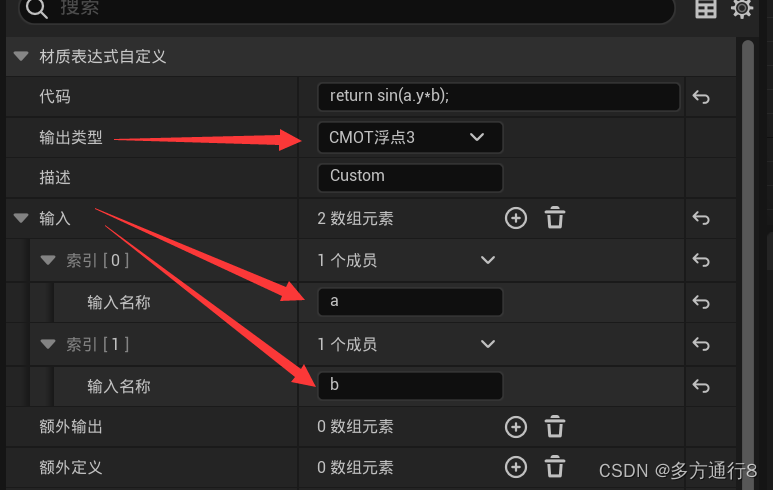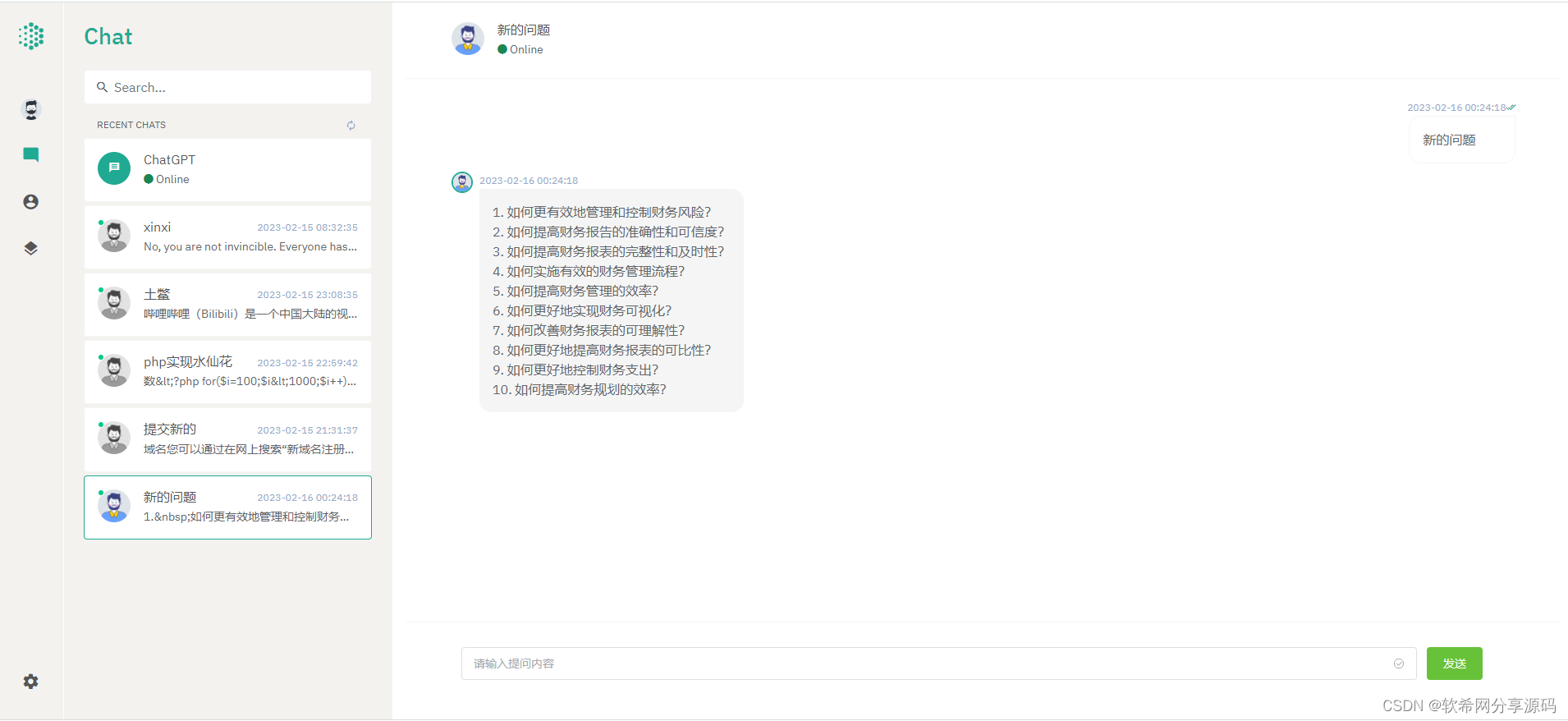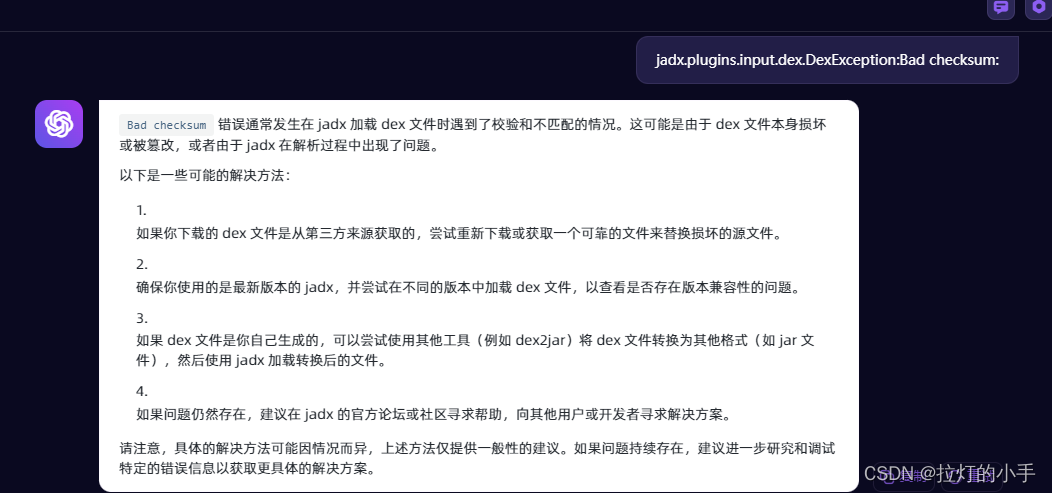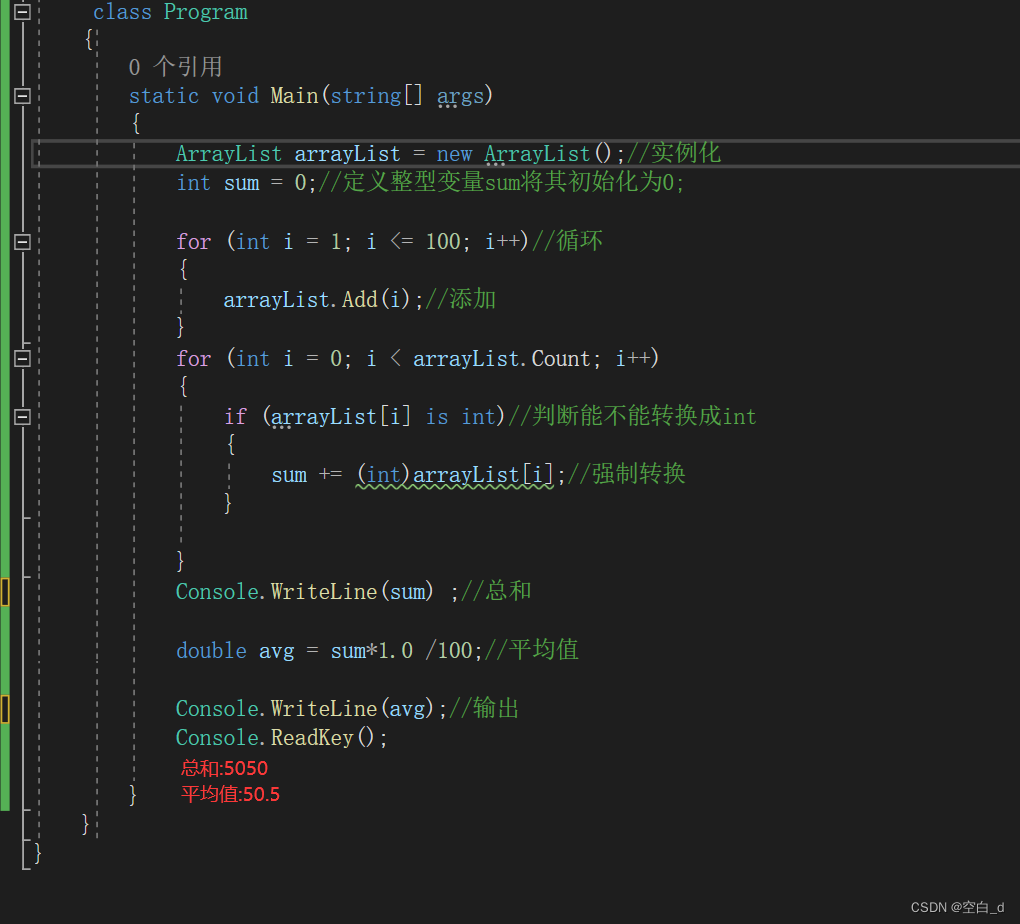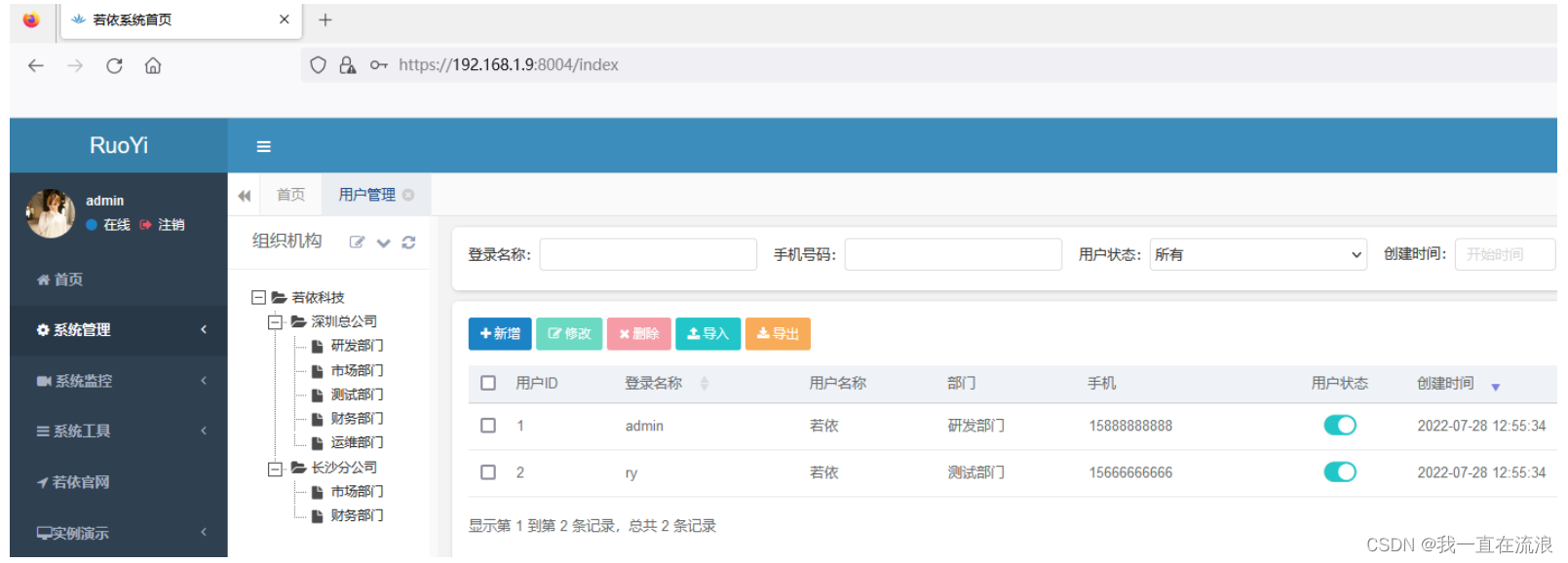文章目录
- os
- 准备
- 组件如何被挂载到页面上
- 第一步 createApp 做了哪些工作?
- ensureRenderer
- baseCreateRenderer
- createAppAPI
- mount
- render
- patch
- processComponent
- processElement
- 总结
os
学习一下vue3 源码,顺便记录分享下
使用vitest 插件调试源码 辅助阅读
准备
去 github 下载 vue3源码 最新仓库名 为 core-main 使用 版本 为3.3.4
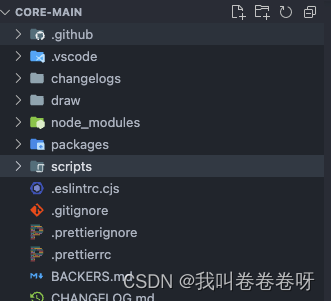
安装好依赖
npm i pnpm -g pnpm install
vscode 准备两个插件 方便代码调试
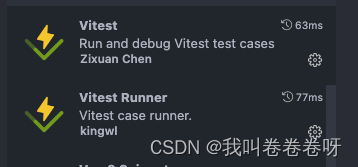
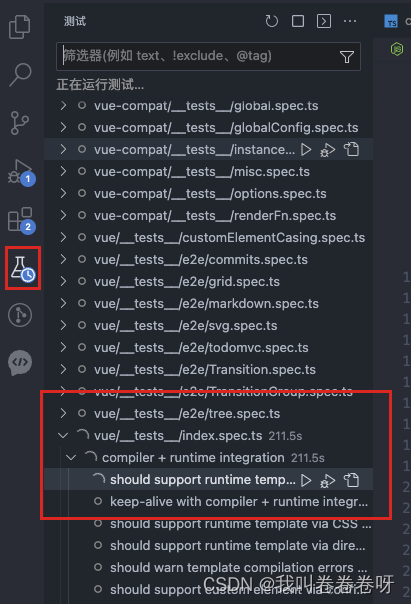
安装后会出现调试icon 未生效 可以重启vscode 。
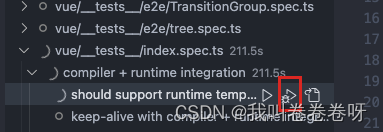
代码打上 断点, 开启debug 调试
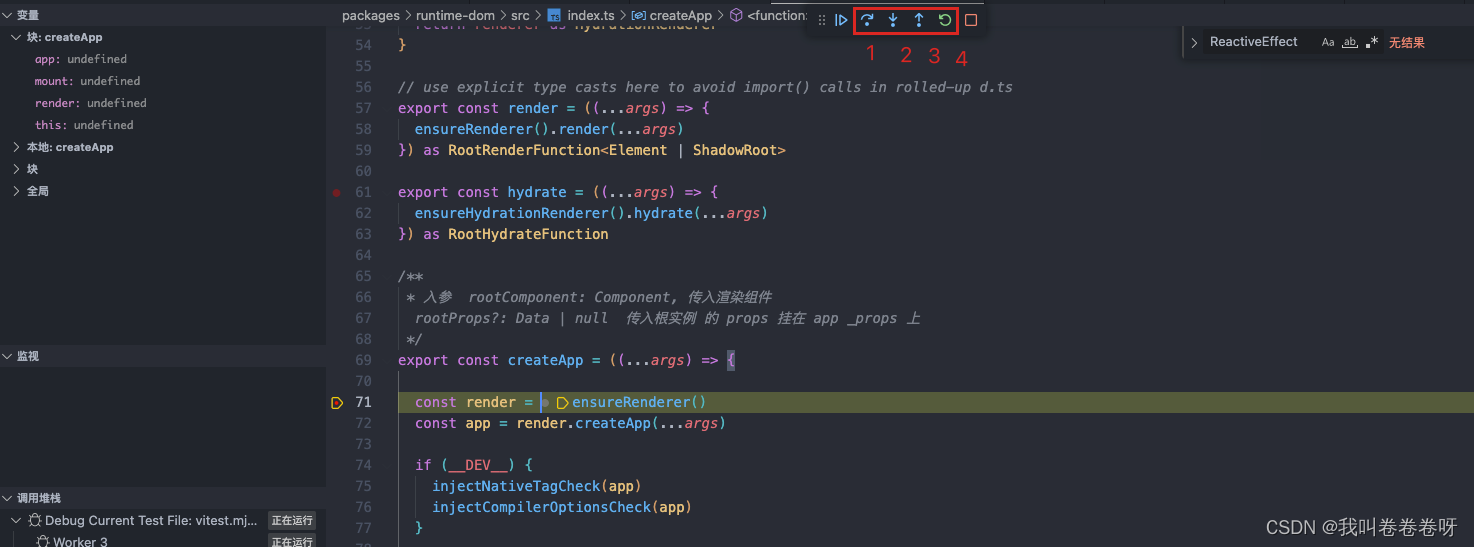
1 跳到下一个方法体
2 逐步执行
3 回退到上一步
4 重新执行
最后一个按钮就是 结束执行
组件如何被挂载到页面上
createApp(App).mount('#app')
第一步 createApp 做了哪些工作?
先看下入参和出参
export type CreateAppFunction<HostElement> = (rootComponent: Component,rootProps?: Data | null
) => App<HostElement> 入参: rootComponent 需要渲染的组件 App 也就是我们编写的 App.vue 文件rootProps 传入根实例 的 props 最后会被 挂在 app _props 上
出参 : 返回app 实例对象
// packages/runtime-dom/src/index.ts
export const createApp = ((...args) => {// 调用 ensureRender 生成render 对象 const render = ensureRenderer()// 再调用 render中 createApp 方法 来生成 app实例 const app = render.createApp(...args)···· 下面先省略return app
})
ensureRenderer
// packages/runtime-dom/src/renderer.ts
// 实际调用的是 createRenderer
function ensureRenderer() {
/*
大致意思是 判断renderer实例是否存在,有就直接返回
没有执行 createRender 方法并 赋值 renderer 再返回
这里返回的 renderer 对象,可以认为是一个跨平台的渲染器对象,
针对不同的平台,会创建出不同的 renderer 对象,
上述是创建浏览器环境的 renderer 对象,对于服务端渲染的场景,
则会创建 server render 的 renderer*/return (renderer ||(renderer = createRenderer<Node, Element | ShadowRoot>(rendererOptions)))
}// 实际调用 baseCreateRenderer
function createRenderer<HostNode = RendererNode,HostElement = RendererElement
>(options: RendererOptions<HostNode, HostElement>) {return baseCreateRenderer<HostNode, HostElement>(options)
}
baseCreateRenderer
有两种模式 hydration 模式是 服务端渲染的 我们只考虑 no-hydration 浏览器渲染
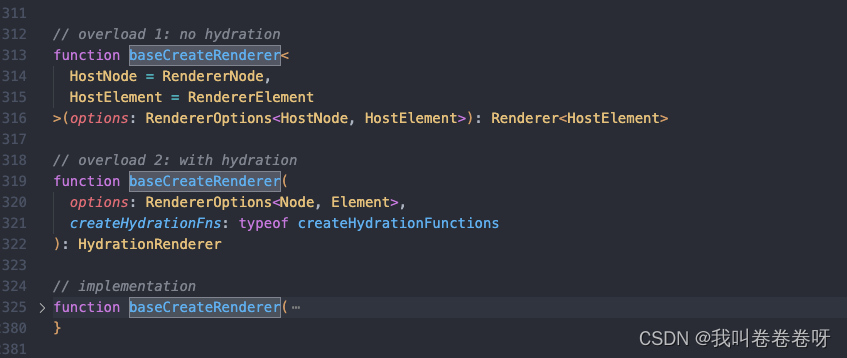
no-hydration 下
入参: options 初始化 渲染的参数
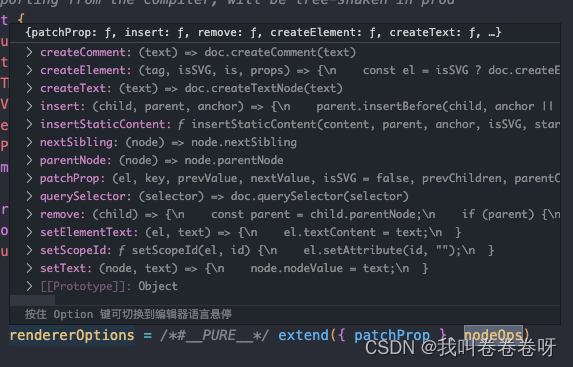
出参 :render export interface Renderer<HostElement = RendererElement> {render: RootRenderFunction<HostElement>createApp: CreateAppFunction<HostElement>
}
具体伪代码 实现
// packages/runtime-core/src/renderer.ts
export function createRenderer(options) {// ...// 这里不介绍 hydrate 模式return {render,hydrate, // no-hydration 为空createApp: createAppAPI(render, hydrate),}
}

createAppAPI
// packages/runtime-core/src/apiCreateApp.ts
function createAppAPI(render, hydrate) {// createApp createApp 方法接收的两个参数:根组件的对象和 propreturn function createApp(rootComponent, rootProps = null) {// 。。。 省略const app = {// ... 省略很多不需要在这里介绍的属性_component: rootComponent,_props: rootProps,mount(rootContainer, isHydrate, isSVG) {// ...}}return app}
}Vue 3 初始化根组件的核心方法,也就是入口文件 createApp 真正执行的内容就是这里的 createAppAPI 函数中的 createApp 函数,该函数接收了 组件作为根组件 rootComponent,返回了一个包含 mount 方法的 app 对象,再看看 mount 具体实现
mount
// packages/runtime-core/src/apiCreateApp.ts
mount(rootContainer, isHydrate, isSVG) {if (!isMounted) {// ... 省略部分不重要的代码// 1. 创建根组件的 vnodeconst vnode = createVNode(rootComponent,rootProps)// 2. 渲染根组件 这里render方法 其实是baseCreateRenderer // 返回的render对象带的 render方法 // 作用就是 将 vnode 渲染成真实domrender(vnode, rootContainer, isSVG)isMounted = true}
}
render
// packages/runtime-core/src/renderer.ts
const render: RootRenderFunction = (vnode, container, isSVG) => {// console.log('render-----');//第一个 入参 没传 代表 需要卸载 if (vnode == null) {if (container._vnode) {unmount(container._vnode, null, null, true)}} else {// 否则走 挂载 或更新 操作patch(container._vnode || null, vnode, container, null, null, null, isSVG)}flushPreFlushCbs()flushPostFlushCbs()container._vnode = vnode}
// patch 所有vnode diff 比对 更新 转化新dom 操作全在里面
patch
const patch: PatchFn = (n1, // 需要 对比的 旧 vnoden2, // 新生成的 vnode container, // 最后生成的元素 需要挂载到的 目标组件元素anchor = null, // 挂载的参考元素;parentComponent = null, // 父组件parentSuspense = null,isSVG = false,slotScopeIds = null,optimized = __DEV__ && isHmrUpdating ? false : !!n2.dynamicChildren) => {//n1 n2 完全一致 就 直接返回 不做更新 或 挂载if (n1 === n2) {return}// patching & not same type, unmount old tree 新旧 vnode 类型 不一样 直接 卸载 n1 if (n1 && !isSameVNodeType(n1, n2)) {anchor = getNextHostNode(n1)unmount(n1, parentComponent, parentSuspense, true)n1 = null}if (n2.patchFlag === PatchFlags.BAIL) {optimized = falsen2.dynamicChildren = null}// shapeFlag 判断vnode 实例是什么类型 有的是元素类型 函数类型 组件类型等const { type, ref, shapeFlag } = n2switch (type) {//文本节点case Text:processText(n1, n2, container, anchor)break// 注释节点case Comment:processCommentNode(n1, n2, container, anchor)breakcase Static:if (n1 == null) {mountStaticNode(n2, container, anchor, isSVG)} else if (__DEV__) {patchStaticNode(n1, n2, container, isSVG)}breakcase Fragment:// 处理 template 的虚拟标签processFragment(n1,n2,container,anchor,parentComponent,parentSuspense,isSVG,slotScopeIds,optimized)breakdefault:// 其它类型//ShapeFlags 是一个二进制左移操作符生成的对象if (shapeFlag & ShapeFlags.ELEMENT) {// 这里走的是 组件内部元素普通dom的比对更新挂载逻辑processElement(n1,n2,container,anchor,parentComponent,parentSuspense,isSVG,slotScopeIds,optimized)} else if (shapeFlag & ShapeFlags.COMPONENT) {// 这里是 组件对比 component 逻辑 processComponent(n1,n2,container,anchor,parentComponent,parentSuspense,isSVG,slotScopeIds,optimized)} 。。。 // 其它省略// set refif (ref != null && parentComponent) {/*通过 ref 参数获取组件的引用对象。通过 n1 参数获取前一个 VNode 的引用对象(如果存在)。通过 n2 参数获取当前 VNode 的引用对象(如果存在)。如果前一个 VNode 的引用对象存在(即 n1.ref 存在),则将其置为 null,解除对前 一个组件引用的绑定。如果当前 VNode 的引用对象存在(即 n2.ref 存在),则将其绑定到组件的引用上。如果当前 VNode 不存在(即 !n2),则将组件的引用对象置为 null*/setRef(ref, n1 && n1.ref, parentSuspense, n2 || n1, !n2)}}
初始化挂载 会进入到 processComponent方法
processComponent
// packages/runtime-core/src/renderer.ts
function processComponent(n1, n2, container, parentComponent) {// 如果 n1 没有值的话,那么就是 mountif (!n1) {// 初始化 componentmountComponent(n2, container, parentComponent);} else {updateComponent(n1, n2, container);}
}// packages/runtime-core/src/renderer.ts
function mountComponent(initialVNode, container, parentComponent) {// 1. 先创建一个 component instance const instance = (initialVNode.component = createComponentInstance(initialVNode,parentComponent));// 2. 初始化 instance 上的 props, slots, 执行组件的 setup 函数...setupComponent(instance);// 3. 设置并运行带副作用的渲染函数setupRenderEffect(instance, initialVNode, container);
}// packages/runtime-core/src/component.ts
function createComponentInstance(vnode: VNode,parent: ComponentInternalInstance | null,suspense: SuspenseBoundary | null
) {const type = vnode.type as ConcreteComponent// inherit parent app context - or - if root, adopt from root vnodeconst appContext =(parent ? parent.appContext : vnode.appContext) || emptyAppContextconst instance: ComponentInternalInstance = {uid: uid++,vnode,type,parent,appContext,root: null!, // to be immediately setnext: null,subTree: null!, // will be set synchronously right after creationeffect: null!,update: null!, // will be set synchronously right after creationscope: new EffectScope(true /* detached */),render: null,proxy: null,//。。。 省略 属性}if (__DEV__) {instance.ctx = createDevRenderContext(instance)} else {instance.ctx = { _: instance }}instance.root = parent ? parent.root : instanceinstance.emit = emit.bind(null, instance)// apply custom element special handlingif (vnode.ce) {vnode.ce(instance)}return instance
}// packages/runtime-core/src/component.ts
export function setupComponent(instance) {// 1. 处理 props// 取出存在 vnode 里面的 props const { props, children } = instance.vnode;initProps(instance, props);// 2. 处理 slotsinitSlots(instance, children);// 3. 调用 setup 并处理 setupResultsetupStatefulComponent(instance);
}// packages/runtime-core/src/renderer.ts
/*
componentUpdateFn 这个函数,
核心是调用了 renderComponentRoot 来生成 subTree,
然后再把 subTree 挂载到 container 中
*/
const setupRenderEffect = (instance, initialVNode, container, anchor, parentSuspense, isSVG, optimized) => {function componentUpdateFn() {if (!instance.isMounted) {// 渲染子树的 vnodeconst subTree = (instance.subTree = renderComponentRoot(instance))// 挂载子树 vnode 到 container 中 // 会重新进入 patch 方法 会走到 processElement 方法中patch(null, subTree, container, anchor, instance, parentSuspense, isSVG)// 把渲染生成的子树根 DOM 节点存储到 el 属性上initialVNode.el = subTree.elinstance.isMounted = true}else {// 更新相关,后面介绍}}// 创建副作用渲染函数instance.update = effect(componentUpdateFn, prodEffectOptions)
}/*
返回 vnode
*/
function renderComponentRoot(instance: ComponentInternalInstance
): VNode {const {type: Component,vnode,proxy,withProxy,props,propsOptions: [propsOptions],slots,attrs,emit,render,renderCache,data,setupState,ctx,inheritAttrs} = instanceconst proxyToUse = withProxy || proxy// 省略一部分逻辑判断 normalizeVNode
/*render 方法 其实是调用instance.render 方法 就是在 初始化instance 方法 中 将 template 模版 编译成 render 方法 用于 生成 vnode
*/result = normalizeVNode(render!.call(proxyToUse,proxyToUse!,renderCache,props,setupState,data,ctx))return result
}processElement
// packages/runtime-core/src/renderer.ts
function processElement(n1, n2, container, anchor, parentComponent) {if (!n1) {// 挂载元素节点mountElement(n2, container, anchor);} else {// 更新元素节点updateElement(n1, n2, container, anchor, parentComponent);}
}// packages/runtime-core/src/renderer.ts
const mountElement = (vnode, container, anchor, parentComponent, parentSuspense, isSVG, optimized) => {let elconst { type, props, shapeFlag, transition, patchFlag, dirs } = vnode// ...// 根据 vnode 创建 DOM 节点el = vnode.el = hostCreateElement(vnode.type, isSVG, props && props.is)if (props) {// 处理 props 属性for (const key in props) {if (!isReservedProp(key)) {hostPatchProp(el, key, null, props[key], isSVG)}}}// 文本节点处理if (shapeFlag & ShapeFlags.TEXT_CHILDREN) {hostSetElementText(el, vnode.children)} else if (shapeFlag & ShapeFlags.ARRAY_CHILDREN) {// 如果节点是个数据类型,则递归子节点mountChildren(vnode.children, el)}// 把创建好的 el 元素挂载到容器中hostInsert(el, container, anchor)
}
总结
以上就完成了 组件初始化工作。下面画了 几个流程图来辅助理解 。最好阅读的时候自己 也可以画下
安利一个好用的vscode流程图插件
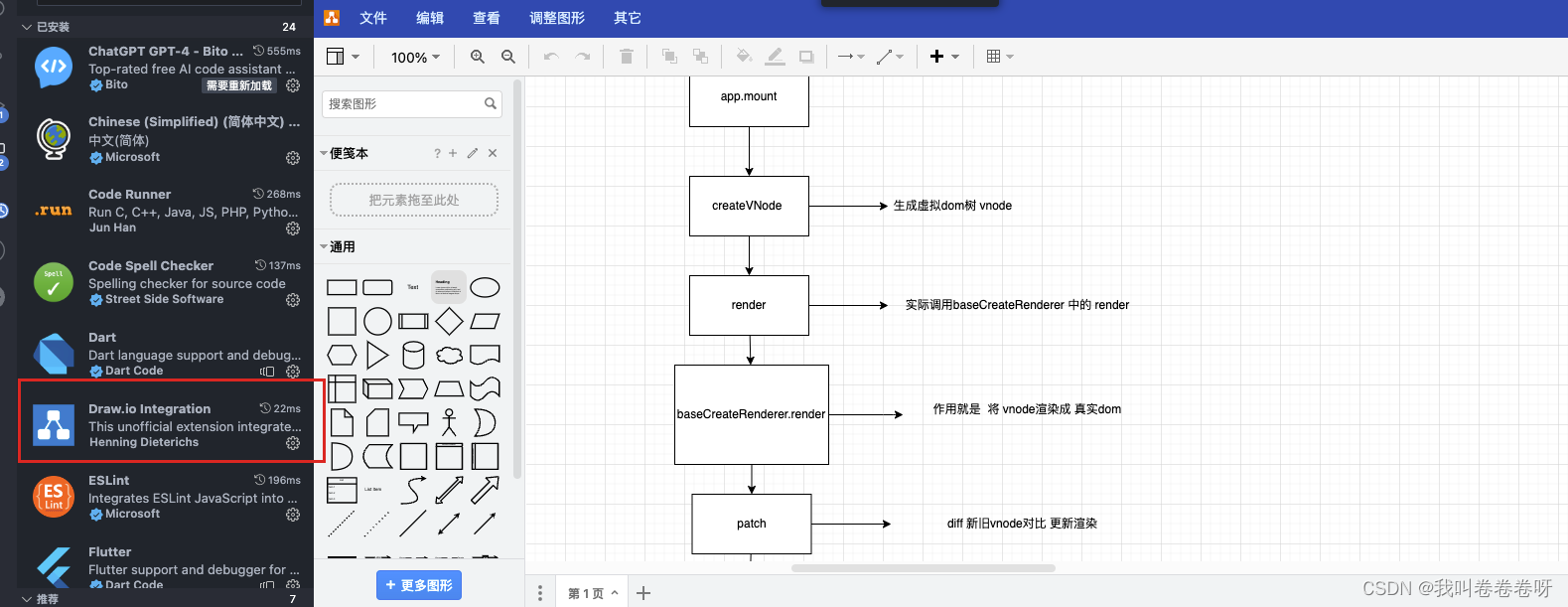

下一篇:准备写 数据代理这块
